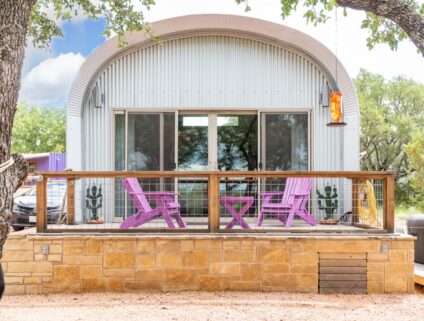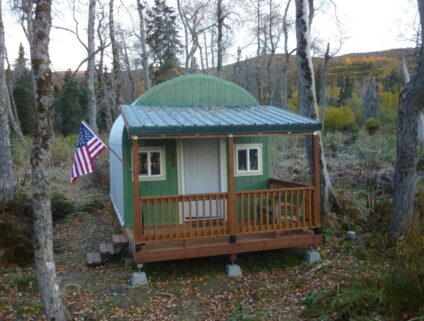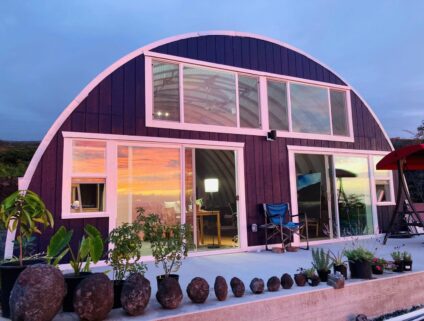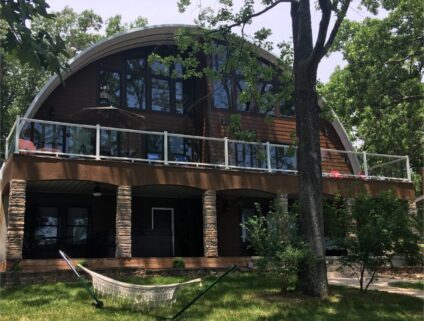Steel Quonset Hut Used For 4-D Theater in World War II Exhibit

At the Kalamazoo Aviation History Museum you don’t just learn about history, you become a part of it! Just visit the World War II exhibit, step into their spectacular 4-D theater built inside a steel Quonset Hut and feel what it’s like to be on a real B-17 bomber.
This state-of-the-art theater includes a 180-degree, 20’ x 60’ screen with 3-D film technology and added special effects. The building’s shell was made with two arches and the entire structure was completed in just one month.
Visitors are in for quite a ride when they step inside of this theater. They are taken on a virtual trip to an airbase outside of London in 1943. They get onto a B-17 bomber for a mission in Germany and they are in for the experience of a lifetime with the special effects including shaking seats and realistic sounds.
The Quonset Hut style was perfect for this exhibit. Not only did the look fit the museum’s needs, its strength is unmatched. The steel Quonset Hut featured in this exhibit was designed to look like the types of houses airmen in England used during World War II.
The steel Quonset Hut is one of the most durable, useful and unique structures in the world. SteelMaster’s buildings are made of corrugated, galvanized steel and they are formed into an arch shape, which is what gives each structure its strength.
Businesses and homeowners have raved about the versatility of a SteelMaster, which is why the Quonset Hut was so useful to members of the military. These durable steel arches have been used as barracks, latrines, offices, medical facilities and even bakeries.
They became popular in 1941 when the military requested a special building capable of meeting all of their needs. They wanted something that was portable, lightweight and easily assembled.
The first Quonset Hut was actually built at the Davisville Naval Construction Battalion Center at Quonset Point, Rhode Island.
Now decades later, the steel Quonset Hut style has been used to build houses, garages, businesses, storage facilities, observatories, and showpieces inside of exhibits.
Categories










